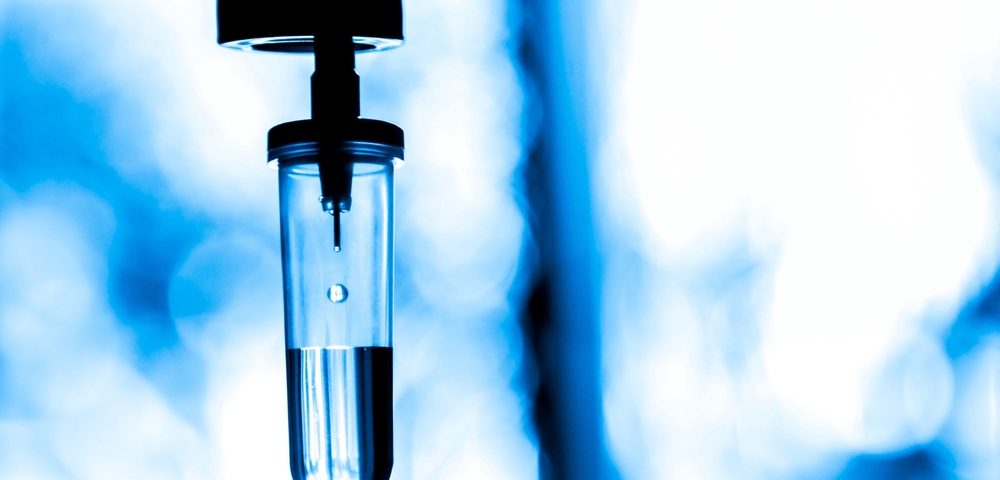People with non-Hodgkin’s lymphoma who are HIV-positive and have not received antiretroviral therapy — a treatment that stops HIV from replicating — have similar outcomes on standard R-CHOP chemotherapy, compared to those who have already started their HIV treatment, a retrospective study found.
The study suggests that HIV-positive patients diagnosed with non-Hodgkin’s lymphoma should start chemotherapy along with antiretroviral therapy as soon as possible.
The results were presented at the European Society for Medical Oncology (ESMO) 2019 Congress, held Sep. 27–Oct. 1 in Barcelona, Spain, in a presentation titled, “Non-Hodgkin lymphoma in HIV-positive patients treated with antiretroviral therapy and chemotherapy: A single institution retrospective study.”
People who are HIV positive have up to 25 times more risk of developing non-Hodgkin’s lymphoma than the general population. Those with lower amounts of CD4+ immune cells (the host cells of HIV) and those who did not receive highly active antiretroviral therapy (HAART) have a particularly higher risk and worse prognosis.
People can be diagnosed with non-Hodgkin’s lymphoma at the same time of HIV diagnosis, or some time after being diagnosed with HIV.
The first group is called “naive” because they never have received HAART, and the second group is called “experienced” because they already have been exposed to HAART. It is unclear whether naive and experienced patients have similar responses to chemotherapy.
Researchers in Italy performed a retrospective study to compare the response to R-CHOP-like chemotherapy — standard chemotherapy consisting of rituximab, cyclophosphamide, doxorubicin, vincristine, and prednisone — among naive and experienced adults diagnosed with non-Hodgkin’s lymphoma. All patients received HAART along with the chemotherapy.
The study included 46 patients, 11 naive and 35 experienced, who had similar age, sex, types of lymphoma, central nervous system involvement, frequency of B-cell symptoms, or hepatitis infection. Naive patients, however, had more advanced lymphoma, with 91% showing metastases compared to 41% of experienced patients.
At the beginning of treatment, naive patients had a higher-risk prognosis and developed more toxicity to chemotherapy than the experienced group. Half of the naive patients showed toxicity, versus 10.7% of the experienced patients.
Naive patients usually have HIV more viruses in their systems than experienced patients, which “may explain their worst [non-Hodgkin’s lymphoma] conditions at diagnosis and toxicity during [chemotherapy],” the investigators wrote.
However, after a year of follow-up, the groups showed similar response rates (the percentage of patients who respond to treatment either totally or partially), with 60% of naive patients and 62% of experienced patients responding to treatment.
The groups also showed similar relative risk, time to disease worsening or death, and overall survival. Naive patients survived a median of 67 months, and experienced patients survived 69.4 months in median.
“The immediate start of HAART in combination with chemotherapy probably reduced the impact of [the immune status] in terms of response to treatment and survival,” the researchers stated.
They concluded that “naive [patients] should be treated with standard [chemotherapy] regimens, without modification of dose or schedule.”


